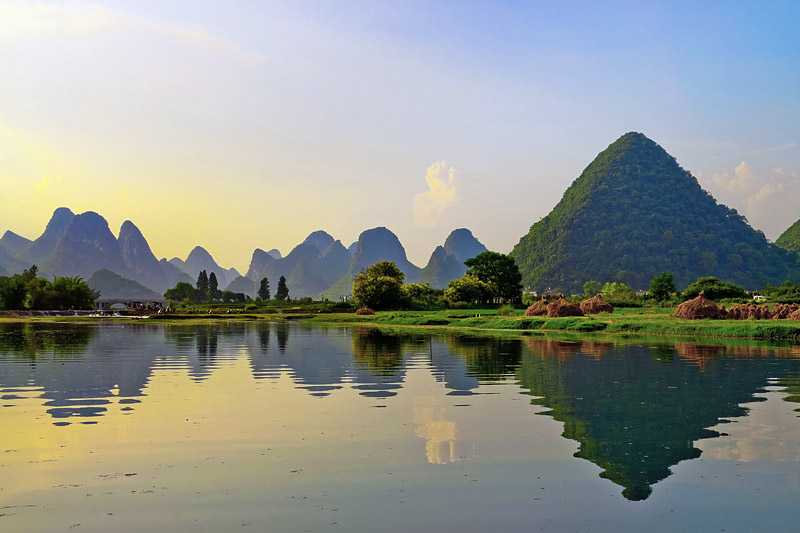Reed Flute Cave
About the Reed Flute Cave
This natural limestone cave in Guilin, China known as the Reed Flute Cave dates back over 180 million years and exhibits some truly breath-taking examples of...
About the Reed Flute Cave
This natural limestone cave in Guilin, China known as the Reed Flute Cave dates back over 180 million years and exhibits some truly breath-taking examples of stalagmites, stalactites and columns. These astonishing rock formations take many thousands of years to form through calcification, a process which involves dripping water depositing minute quantities...
Attractions near Reed Flute Cave
Activities
About Reed Flute Cave
About the Reed Flute Cave
This natural limestone cave in Guilin, China known as the Reed Flute Cave dates back over 180 million years and exhibits some truly breath-taking examples of stalagmites, stalactites and columns. These astonishing rock formations take many thousands of years to form through calcification, a process which involves dripping water depositing minute quantities of a substance called calcium carbonate. Often these deposits take on strange, magnificent formations and Chinese custom is to name them and tell stories about them, so you may see the Crystal Palace, Dragon Pagoda and Virgin Forest, for example.
Ink inscriptions on the wall suggest the cave was being frequented by humans as early as 792AD, although some time after this it seemed to disappear from history altogether.
Tourism
After being re-discovered in 1940, the cave was opened to the public 22 years later and quickly became a popular tourist destination. Since then millions of tourists have visited it.
Activities
The cave stretches back over 240 m (~787 ft). Visitors take an hour-long tour of the cave following a path which forms a natural U-shape; so the entrance and exit appear next to one another. The cave’s atmosphere has been enhanced with coloured lights which gently illuminate its natural beauty. Photography is difficult because of low light levels.
The Reed Flute Cave received its title in the Tang Dynasty because of the large area of reeds that grow outside the cave. Locals on site sell flutes made from reeds to passing visitors. Also explore the park within which the cave is set – there’s a zigzag path, pavilions, ponds, and bridges.
